Medical Lien Letter Template for Legal and Insurance Purposes
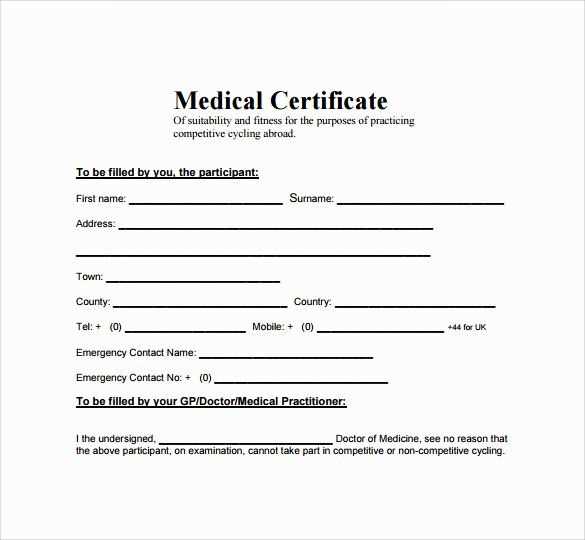
When dealing with unpaid medical expenses tied to personal injury or similar cases, it’s essential to properly document the claim for compensation. This formal request serves to ensure that health providers or any relevant parties receive their due payment after a settlement or judgment is reached. The written notice outlines the amount owed and details how the payment should be processed in connection to any ongoing legal matters.
Key Information to Include
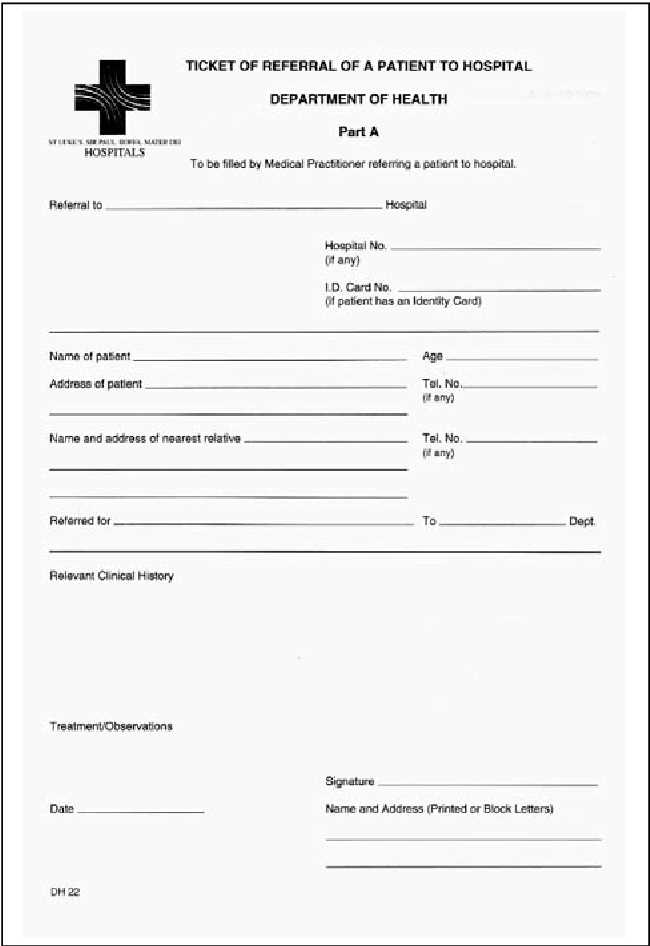
Every formal demand should contain the essential details to clarify the situation and ensure transparency. These components will help both parties understand the scope of the claim and avoid future confusion.
- Identification of Parties: Clearly name the parties involved, including the service provider and the individual or entity responsible for payment.
- Amount Due: Specify the total amount owed, breaking it down if necessary to show services rendered or costs incurred.
- Terms of Payment: Outline the payment deadlines and methods accepted for settlement of the amount.
- Supporting Documentation: Include any necessary documentation to substantiate the claim, such as invoices or medical records.
Steps for Creating a Formal Request
Creating an effective payment demand requires following a structured process to ensure all necessary information is included and clearly communicated.
- Gather Information: Collect all relevant documents that detail the services provided and the outstanding balance.
- Write the Request: Organize the information into a professional document that specifies the amount owed and terms of payment.
- Review and Edit: Ensure that the document is accurate, clear, and free from errors before sending it out.
- Send the Document: Dispatch the formal demand to the responsible party, keeping a copy for your records.
Common Errors to Avoid
While drafting a payment request may seem straightforward, there are common mistakes that can lead to confusion or delay in processing. Here are a few things to watch out for:
- Incomplete Information: Missing key details such as payment terms or amounts due can complicate matters.
- Vague Language: Use clear and precise language to avoid misinterpretation of your request.
- Failure to Provide Proof: Always include relevant supporting documents to substantiate your claim.
Why a Professional Approach is Important
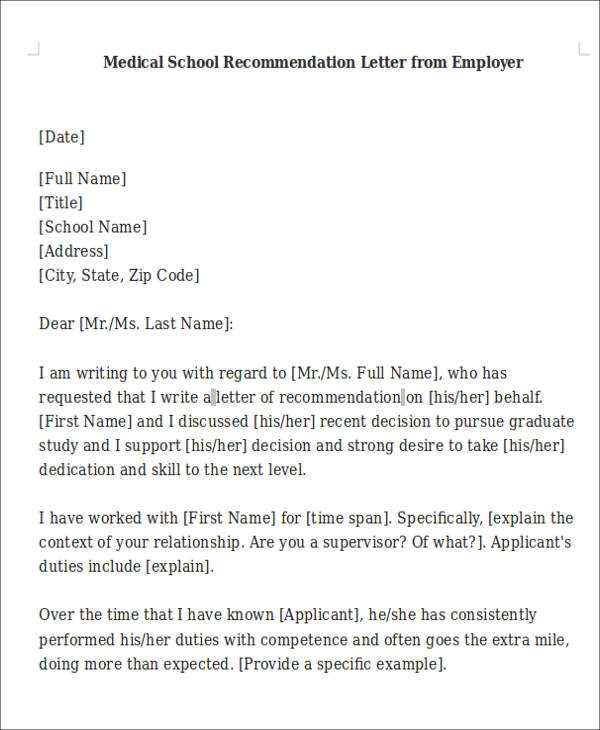
A well-crafted formal request can significantly improve the chances of receiving payment promptly. It demonstrates professionalism and ensures that the claim is taken seriously by all involved parties. By following the correct process and avoiding common mistakes, you protect both your interests and your relationship with the other party.
Overview of Payment Demand Notices
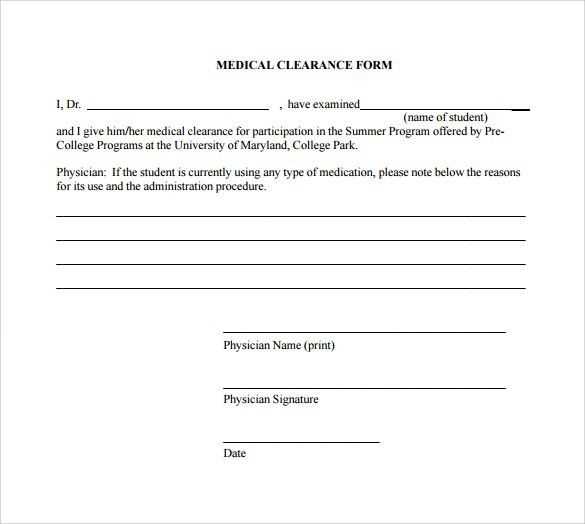
When dealing with unpaid balances related to healthcare services, it’s important to draft a clear and formal request for payment. This type of document ensures that the owed amounts are communicated effectively and legally, helping both parties reach a resolution. It serves as an official notice that outlines the terms under which payment is expected and includes the necessary documentation for verification.
Why These Notices Matter
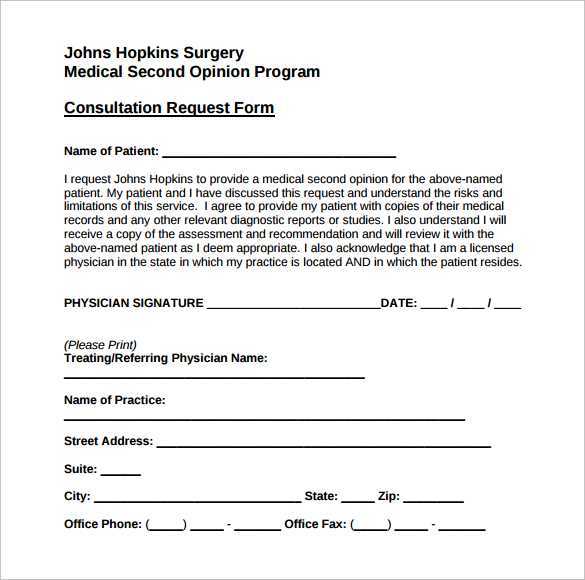
Such formal requests are crucial for enforcing financial rights, especially in cases where the patient’s claim is part of a larger legal process. Without a clear and accurate document, the service provider may face difficulties in ensuring payment. These notices help to establish a formal record of the claim, ensuring all terms are understood and respected.
Key Components of the Notice
A comprehensive request should contain several critical details to ensure it is effective:
- Identification of Parties: The names of the service provider and the individual or entity responsible for payment should be clearly stated.
- Amount Due: Clearly list the total balance owed, along with any breakdown of the services rendered.
- Payment Terms: Specify the required payment methods and due date to avoid misunderstandings.
- Supporting Documents: Attach any relevant paperwork that supports the claim, such as medical records or invoices.
By including these details, the document becomes an important tool in ensuring the owed amount is settled promptly and professionally.
Steps for Drafting a Payment Demand
To create a compelling document, follow a clear set of steps:
- Collect Documentation: Gather all necessary paperwork, including invoices, patient records, and any related contracts.
- Write the Document: Organize the information logically, ensuring that all details are clear and professionally presented.
- Review the Content: Double-check for any missing information or errors that could weaken the effectiveness of the demand.
- Send the Request: Once finalized, send the document to the responsible party, ensuring you keep a copy for your records.
Common Mistakes to Avoid
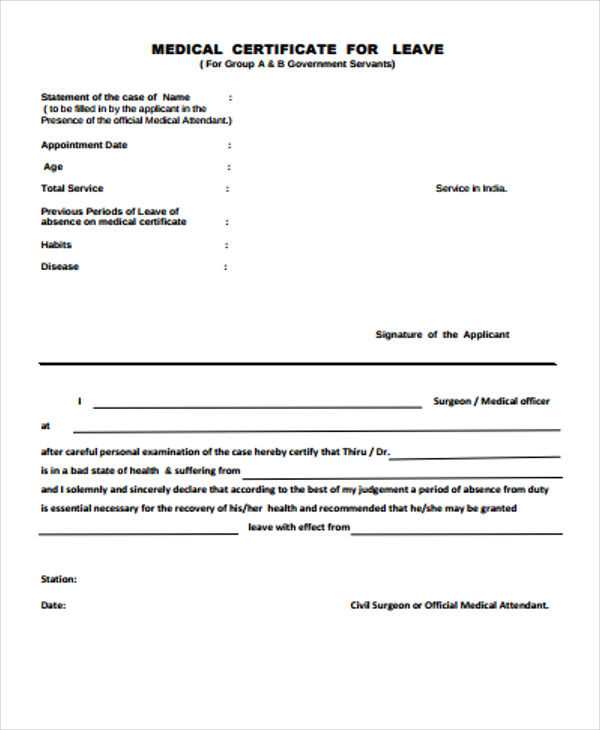
When drafting a formal demand, avoid these frequent errors:
- Vague Language: Be clear and direct to avoid ambiguity in your request.
- Incomplete Information: Missing key details can delay or hinder the payment process.
- Failure to Include Proof: Always attach supporting documents to validate the claim.
Legal Considerations for Healthcare Claims
Each jurisdiction may have specific rules that govern these requests. Ensure you’re familiar with any relevant laws in your area to ensure compliance and effectiveness. This legal knowledge will help protect your rights and ensure that the document serves its intended purpose in the claims process.
Sample Documents for Payment Requests
Having access to sample forms can help streamline the creation of your own formal requests. These templates provide a solid foundation, allowing you to customize them with the appropriate details. By using well-structured samples, you can ensure that your document is complete and meets all necessary legal requirements.